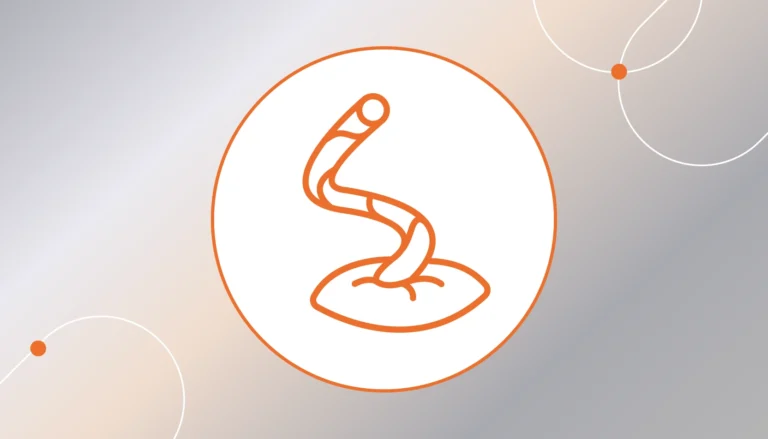Childbirth is one of the most stressful, painful, but also the most beautiful events in a woman's life. More and more moms-to-be are choosing to give birth in water, extolling the benefits of this solution. Immersion in water during labor significantly reduces pain for the parturient and makes it go faster.
Water birth is a fairly new phenomenon in Poland. The first such case was reported in 1996, however, every year more and more establishments have this service. Water immersion is praised by satisfied mothers because of the great comfort they felt during the most important moment of their lives. There are now more than a dozen reputable facilities in Poland where mothers can give birth in an aquatic environment.
What does a water birth look like?
Giving birth in water takes place under conditions that are optimal for the woman. Water is about 36-37 degrees Celsius, which is the physiological temperature of the human body. The depth to which the mother-to-be plunges is about 60 cm. The temperature that prevails in the pool room oscillates around 25 degrees. As a result, the parturient feels great comfort because she is in warm water. Throughout labor, doctors monitor the fetal heart rate using cardiotocography (KTG). The total duration of the 1st phase of labor must be no longer than 30 minutes. Just before the actual termination, the pregnant woman has to get out of the pool for a while. The change in temperature from higher to lower causes pushing, which makes the baby come into the world faster. The placenta is already expelled outside the pool. However, it is worth bearing in mind that such a birth cannot be proceeded to “on the spur of the moment”. Requires preparation at the birthing school and individual arrangements with the attending physician. Of course, such a water birth has advantages and disadvantages.
Advantages of water birth
Many women getting ready to welcome a toddler ask themselves: does water birth hurt less? Definitely yes. The warm water in which the woman is immersed has a relaxing effect on the neuromuscular system. In addition, the gentle sound of the water is naturally calming. The whole thing makes childbirth feel less painful. Mothers who gave birth this way described the labor as calmer. Labor contractions are much less frightening than during natural childbirth. Another advantage is that fewer agents are administered to the woman. The human body feels its weight differently in water, so the pregnant woman has many more opportunities to assume a convenient birthing position. It is not limited by a hard bed. It turns out that during water births, gynecologists are much less likely to cut the perineum of patients, as the water is excellent at relaxing the muscles. Giving birth in a pool also has a not inconsiderable effect on the newborn. It experiences much less birthing shock as it makes its way from an aquatic environment to an aqueous one. His first inhalation is not so pawky and aggressive, but more smooth and gentle. It is speculated that this is why babies born in water are less crying and calmer.
Disadvantages of water birth
Unfortunately, among the biggest drawbacks of giving birth in a pool of water is accessibility. Not every woman can benefit from this type of pregnancy termination. Any abnormality in the early and late stages of pregnancy, such as abnormalities in the toddler’s heart rate, poor fetal positioning or cardiac problems of the mother, are contraindications. The doctor’s decision is also negatively affected by the baby’s high weight and birth defects. Also, women with twin pregnancies will not experience this form of delivery. This is because all of these factors contribute to an increased risk of bleeding or accelerated heart rate and a drop in blood pressure.
Rate this article:










